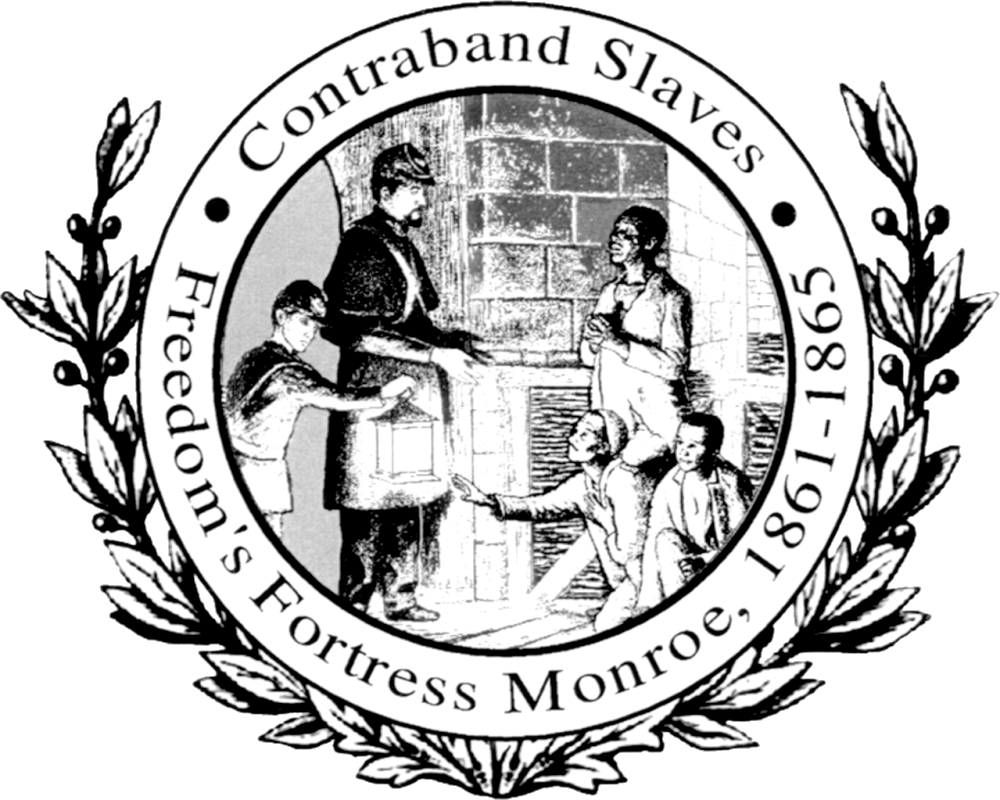
History
The beginning of the end of slavery in America!
Frank Baker, James Townsend,
and Shepard Mallory:
A story of courage, perserverance, and hope.
With General Butler's interpretation of "Contraband" Fort Monroe served as a haven for thousands of runaways.
The runaways could not turn back! They came from Shirley, Friendly, Berkley, Carters Grove, 200 miles out of North Carolina, parts of Maryland, Norfolk, Portsmouth, Princess Anne, (now Virginia Beach), Yorktown, Nansemond, Greyson, South Hampton and many other counties.
The legacy of the Contraband Slaves speaks of a determined people; a spiritual people who were forced to adopt a new way of life, new religions, new languages, and yet were able to use those awkward circumstances and experiences to elevate themselves to freedom while preserving the Union.
Contraband Contributions
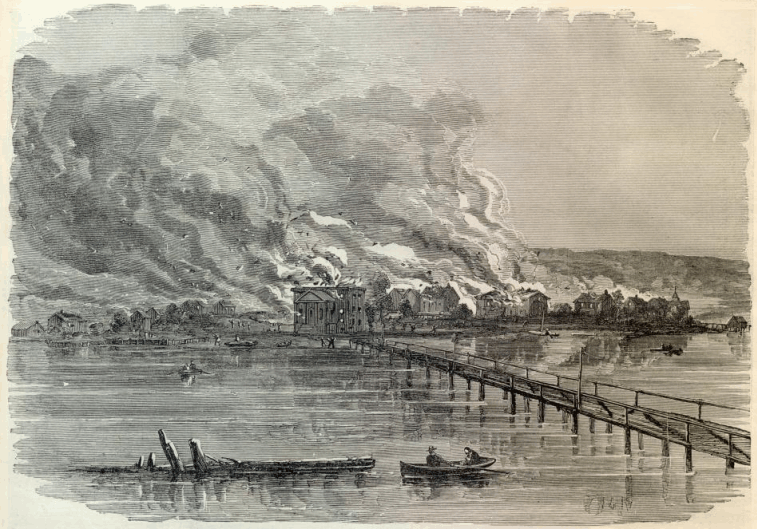
The Burning of Hampton: took place on August 7, 1861, by Confederates to prevent Union reoccupation and the formerly enslaved from using the resources of the town. Grand Contraband Camp in Downtown Hampton; Northwest of what is now called Phoebus, the contrabands established “Slab Town” (near Old Buckroe Road and Chamberlin Avenue). After the burning of Hampton, the Grand Contraband Camp was established in downtown Hampton. The formerly enslaved named the streets there Grant, Lincoln, Union, and Liberty (now called Armistead Avenue). The Grand Contraband Camp boundaries were from Locust (now Eaton Street) to the road to Big Bethel (now LaSalle Avenue), north to Mallory (now Pembroke Avenue), and south to Queen Street. Men worked for the Union Army at Fort Monroe earning eight dollars a month for labor. Women earned six dollars a month as launderers for Union soldiers.
- Resurrected the City of Hampton from the fire, which destroyed the town.
- Established and designed "the Grand Contraband Camp" in the heart of what is now called downtown Hampton.
- Named several streets within the Grand Contraband Camp.
- Established one of the nation's first self-contained Black Communities in 1861. Creating businesses, churches, schools, financial institutions and social order in the new community.
- Assisted the Union Army's war efforts towards preserving the Union in exchange for their freedom.
United States Colored Troops
 United States Colored Troops volunteered for service in the Union Army. In May of 1863, Lincoln established the Freedmen’s Bureau. Brigadier General Samuel Chapman Armstrong, founder of Hampton Normal and Agricultural Institute was put in charge of the Freedmen’s Bureau at Fort Monroe. Shortly thereafter, Blacks were allowed to enlist in the Union Army. They became known as The United States Colored Troops, or USCT.
United States Colored Troops volunteered for service in the Union Army. In May of 1863, Lincoln established the Freedmen’s Bureau. Brigadier General Samuel Chapman Armstrong, founder of Hampton Normal and Agricultural Institute was put in charge of the Freedmen’s Bureau at Fort Monroe. Shortly thereafter, Blacks were allowed to enlist in the Union Army. They became known as The United States Colored Troops, or USCT.
 Robert Smalls, was enslaved when he managed to stealthfully steer the CSS Planter past Confederate defenses and surrender her to Union Navy forces. Smalls was assigned to steer the CSS Planter, a lightly armed Confederate military transport under the command of Charleston's District Commander Brigadier General Roswell S. Ripley. Planter's duties were to deliver dispatches, troops and supplies, to survey waterways, and to lay mines. Smalls appeared content and had the confidence of the Planter's crew and owners, and at some time in April 1862, Smalls began to plan an escape. He discussed the matter with the other slaves in the crew except one, whom he did not trust.
Robert Smalls, was enslaved when he managed to stealthfully steer the CSS Planter past Confederate defenses and surrender her to Union Navy forces. Smalls was assigned to steer the CSS Planter, a lightly armed Confederate military transport under the command of Charleston's District Commander Brigadier General Roswell S. Ripley. Planter's duties were to deliver dispatches, troops and supplies, to survey waterways, and to lay mines. Smalls appeared content and had the confidence of the Planter's crew and owners, and at some time in April 1862, Smalls began to plan an escape. He discussed the matter with the other slaves in the crew except one, whom he did not trust.
The day of May 12, 1862, the Planter traveled ten miles southwest of Charleston to stop at Coles Island, a Confederate post on the Stono River that was being dismantled. There she picked up four large guns to transport to a fort in Charleston harbor. Back in Charleston, the ...crew loaded 200 pounds of ammunition and 20 cords of firewood onto the Planter. At some point family members hid aboard another steamer docked at the North Atlantic wharf.
On the evening of May 12, Planter was docked as usual at the wharf below General Ripley's headquarters. Her three white officers disembarked to spend the night ashore, leaving Smalls and the crew on board, "as was their custom." (Afterward, the three Confederate officers were court-martialed and two convicted, but the verdicts were later overturned.) About 3 a.m. May 13, Smalls and seven of the eight slave crewmen made their previously planned escape to the Union blockade ships. Smalls put on the captain's uniform and wore a straw hat similar to the captain's. He sailed the Planter past what was then called Southern Wharf, and stopped at another wharf to pick up his wife and children, and the families of other crewmen.
Smalls guided the ship past the five Confederate harbor forts without incident, as he gave the correct signals at checkpoints. The Planter had been commanded by a Captain Relay, and Smalls copied Relay's manners and straw hat on deck to fool Confederate onlookers from shore and the forts. The Planter sailed past Fort Sumter at about 4:30 a.m. The alarm was only raised by the time they were out of gun range. Smalls headed straight for the Union Navy fleet, replacing the rebel flags with a white bed sheet his wife had brought aboard. The Planter had been seen by the USS Onward, which was about to fire until a crewman spotted the white flag. In the dark, the sheet was hard to see, but the sunrise came just in time.
Contraband Leaders
Rev. William Roscoe Davis was an important African American leader in Elizabeth City County (later the city of Hampton) during the American Civil War (1861–1865), and served as doorkeeper for the Constitutional Convention of 1867–1868. Born into slavery, Davis was noted for his intelligence and received permission to work as a boat operator.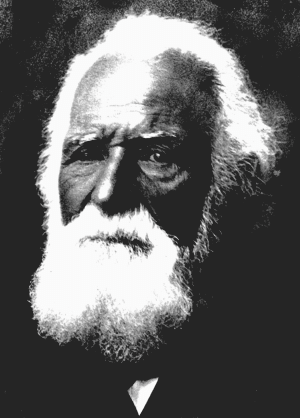
Davis was among the first slaves to find freedom at Fort Monroe. A Baptist exhorter before the conflict, he became an ordained minister by 1863. His charisma was so impressive that he became a paid orator who toured Northern states. Later in life he claimed credit for the creation of Hampton Normal and Collegiate Institute (later Hampton University), telling people that his request for a new teacher led to the arrival of the institution's founder, Samuel Chapman Armstrong. He remained a leader in the community and respected elder in his family, also serving as the Old Point Comfort lighthouse keeper and buying property in Hampton. The Norfolk, Virginia, Union Baptist Association, which had been founded in Hampton's First Baptist Church in 1863, carried Davis's name as an ordained minister until the end of the nineteenth century. Davis died in Hampton on or about November 18, 1904. He was Mary Peake’s brother-in-law.
Mary S. Peake was the first Black teacher hired by The American Missionary Association (AMA) to teach the Contrabands. Prior to that she defied Virginia law to teach slaves to read and write in Hampton. Mrs. Mary Smith Peake taught the first classes to African American children on the grounds of what is now Hampton University at Hampton Roads in Virginia reportedly under the shade of the Emancipation Oak. Soon the Emancipation Proclamation the AMA provided Peake with Brown Cottage, long considered the first facility of Hampton Institute (and later Hampton University). Both children and adults were eager to learn: Mary Peake's school taught more than fifty children during the day and twenty adults at night. 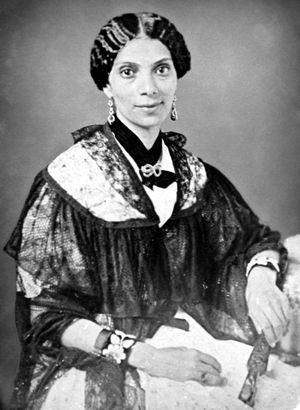
Mrs. Peake, who before the war, being free she had privately instructed many of her people who were still enslaved, although such work was not without its dangers. Schools were established as rapidly as suitable teachers could be found and proper books provided; but it must be noted that these teachers were working almost with-out compensation, their sole motive being a desire for the elevation of the race. Mrs. Peake, who died in April, 1862, having literally laid down her life for her people, for whom she labored beyond her strength until death lifted her self-imposed burden.
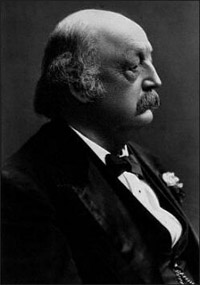
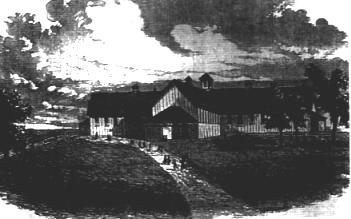 Butler School Using government funds to continue the work started by Mary Peake, Major General Benjamin Butler, realizing the importance of educating the slaves, established The Butler School in 1862, where students were taught reading, writing, arithmetic, geography, and grammar, as well as various housekeeping skills.
Butler School Using government funds to continue the work started by Mary Peake, Major General Benjamin Butler, realizing the importance of educating the slaves, established The Butler School in 1862, where students were taught reading, writing, arithmetic, geography, and grammar, as well as various housekeeping skills.
After the Civil War, General Butler became the president and treasurer of the Board of Managers for the National Home for Disabled Volunteer Soldiers. In 1870, he suggested a new branch be opened in the South to accommodate the U.S. Colored Troops and proposed that the location be near Fort Monroe. The Board of Managers’ search committee selected Butler’s land for the new branch. Butler’s son-in-law completed the transaction for him, and Butler’s ownership of the land did not come to light until after the purchase.
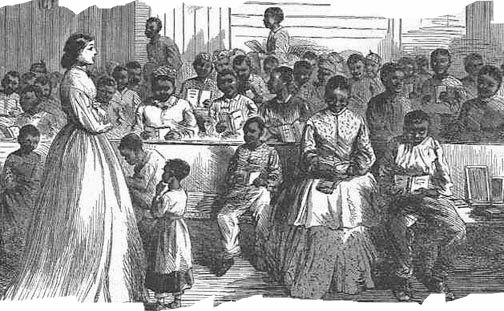
CONTRABAND CHURCHES
First Baptist (Hampton)
Zion Baptist
Bethel AME
Queen Street Baptist